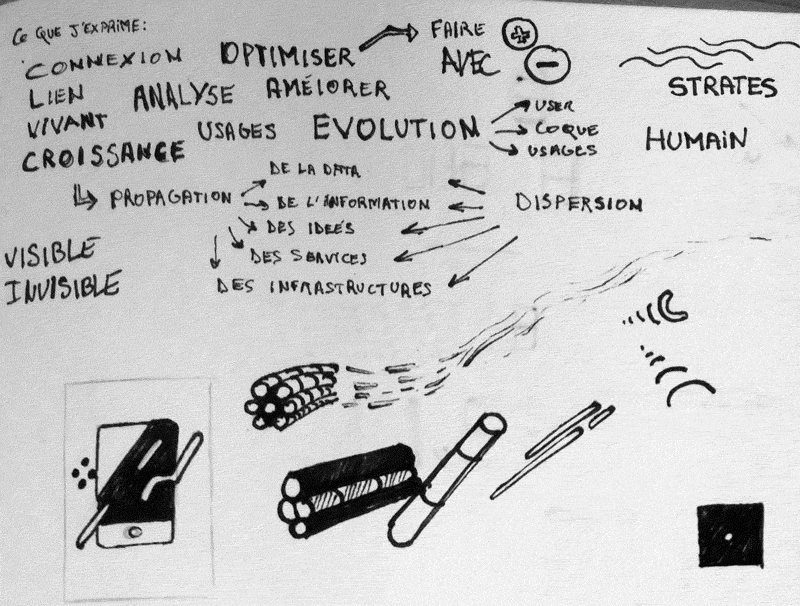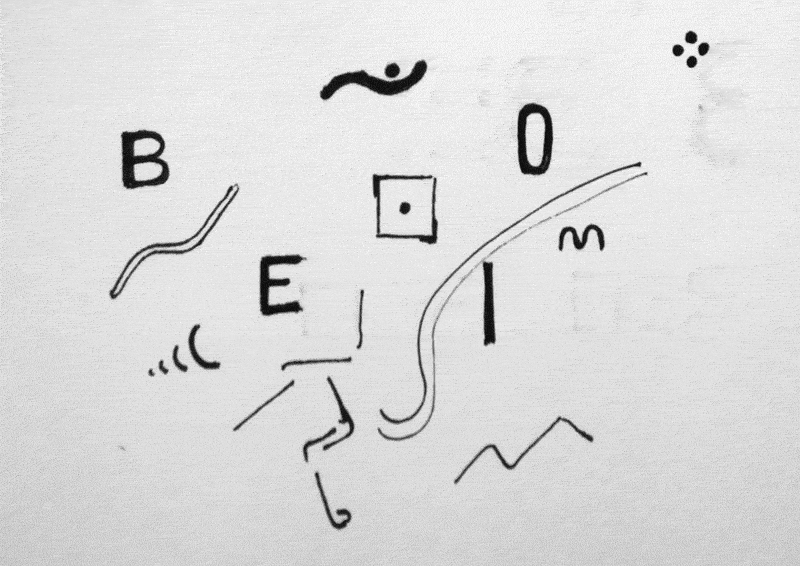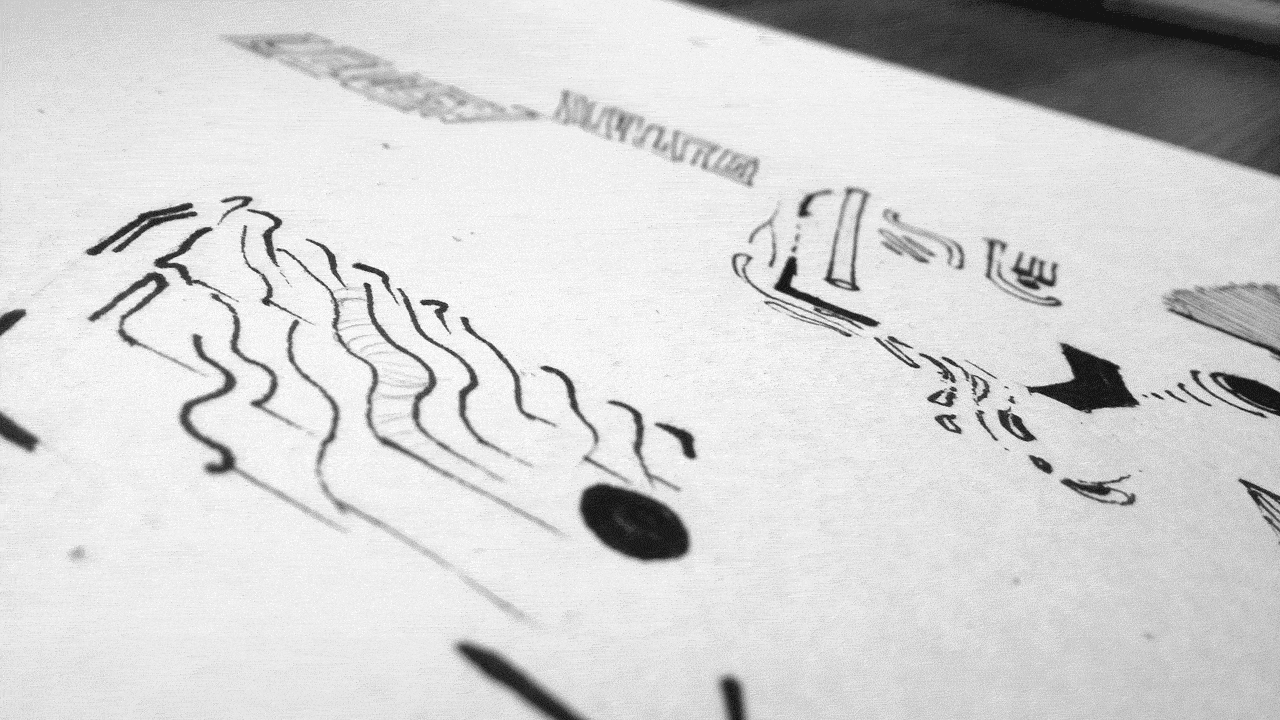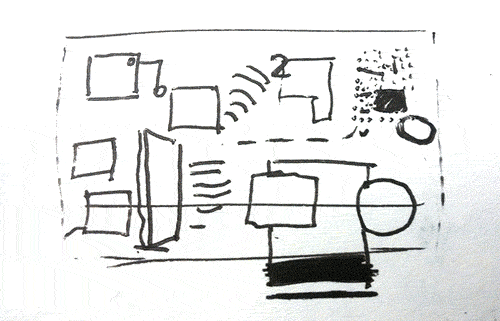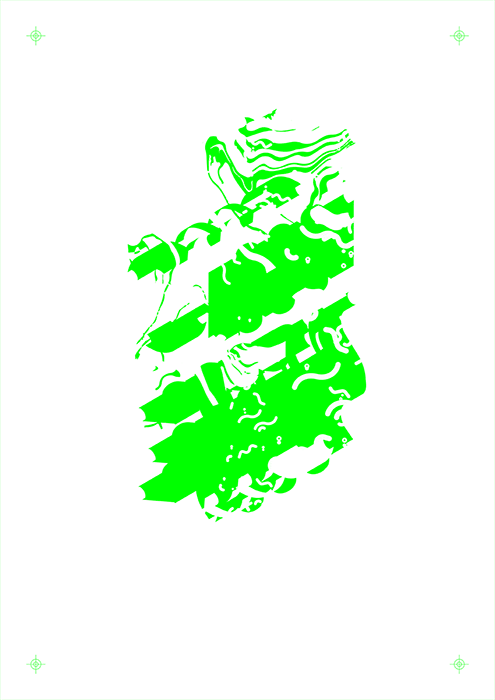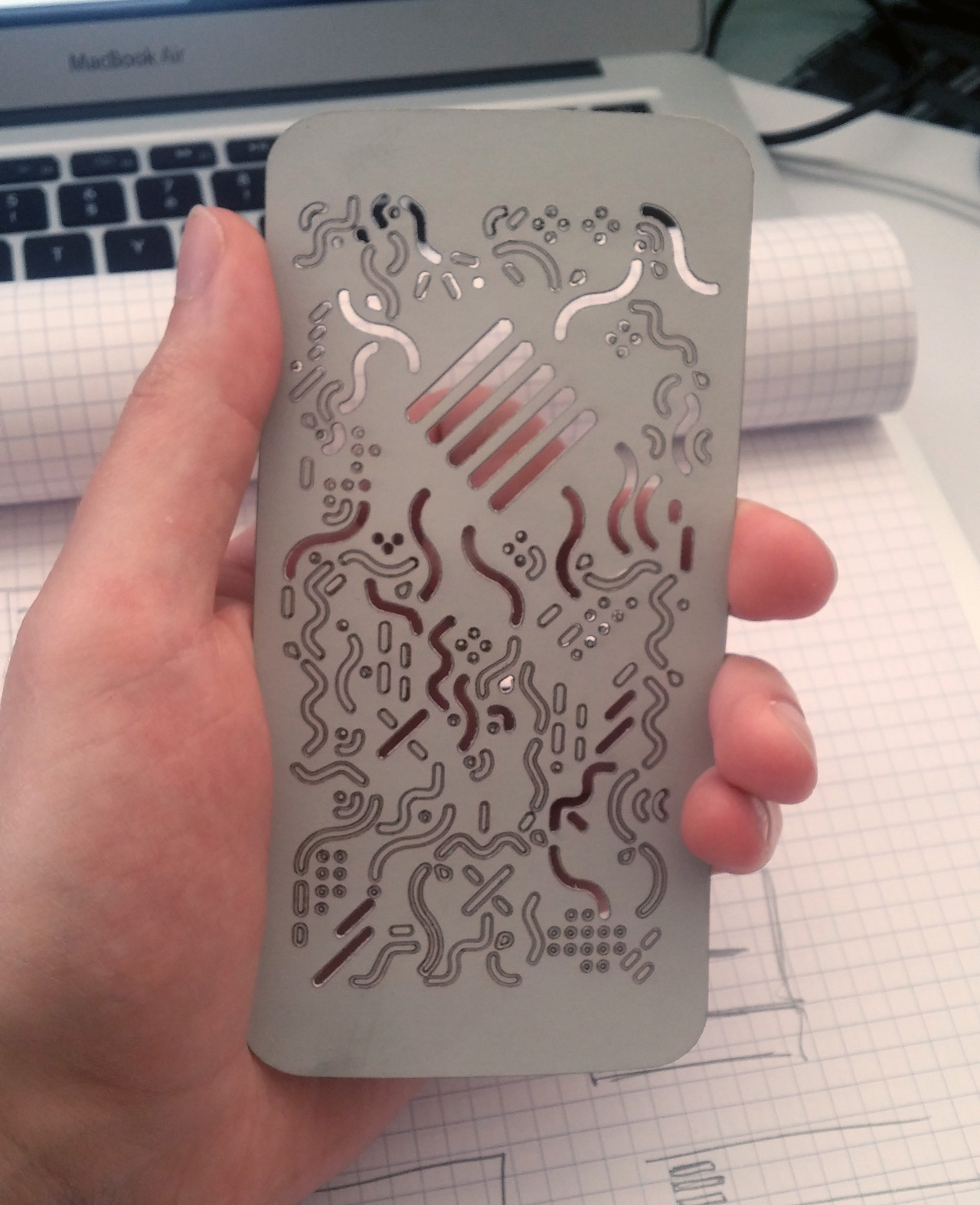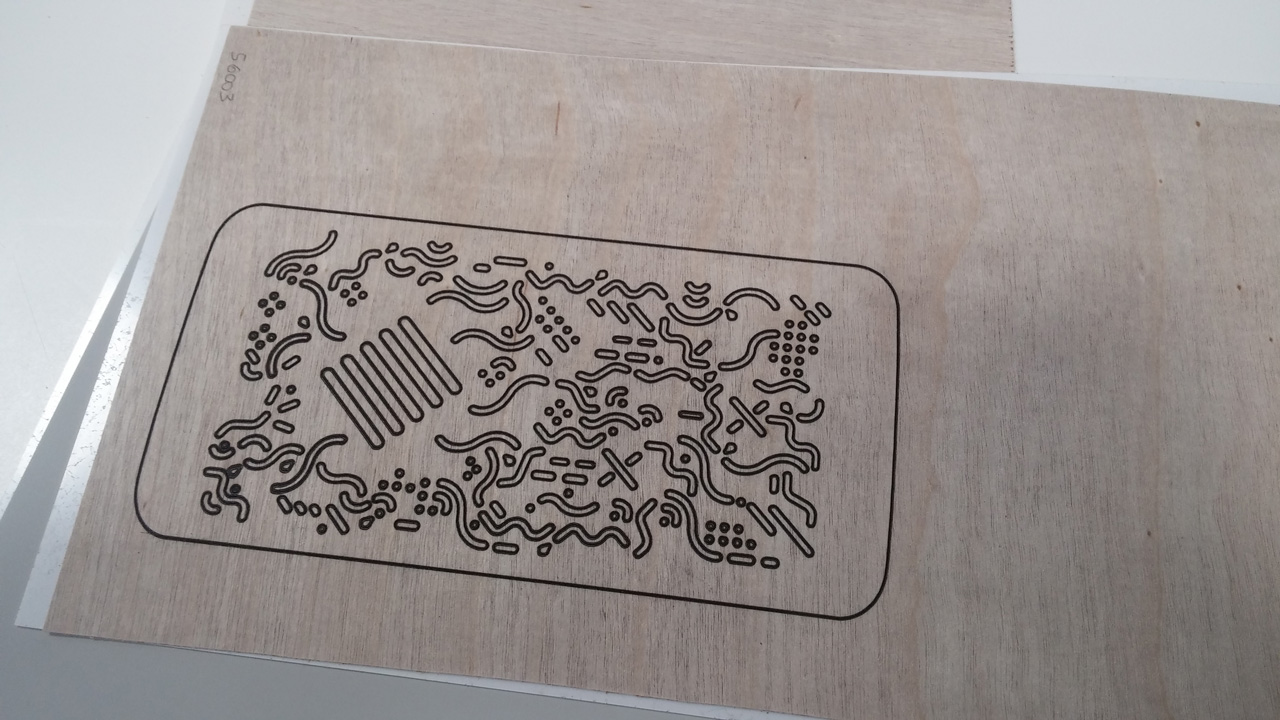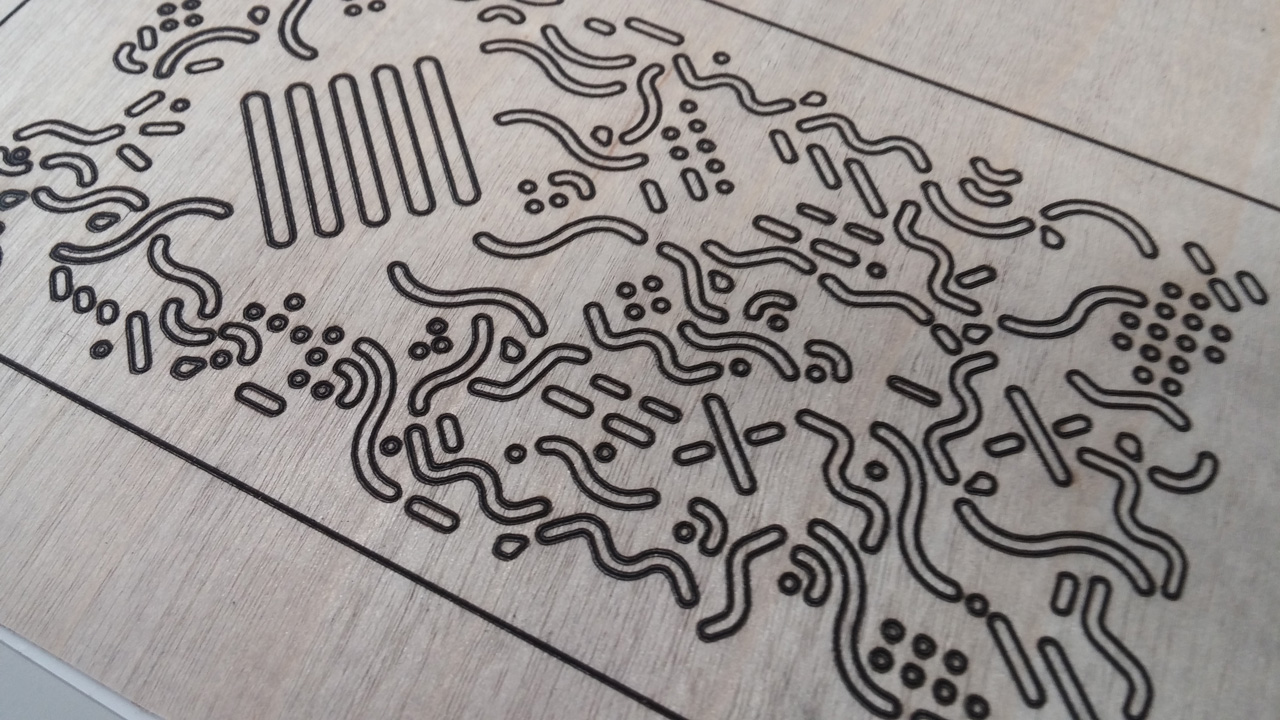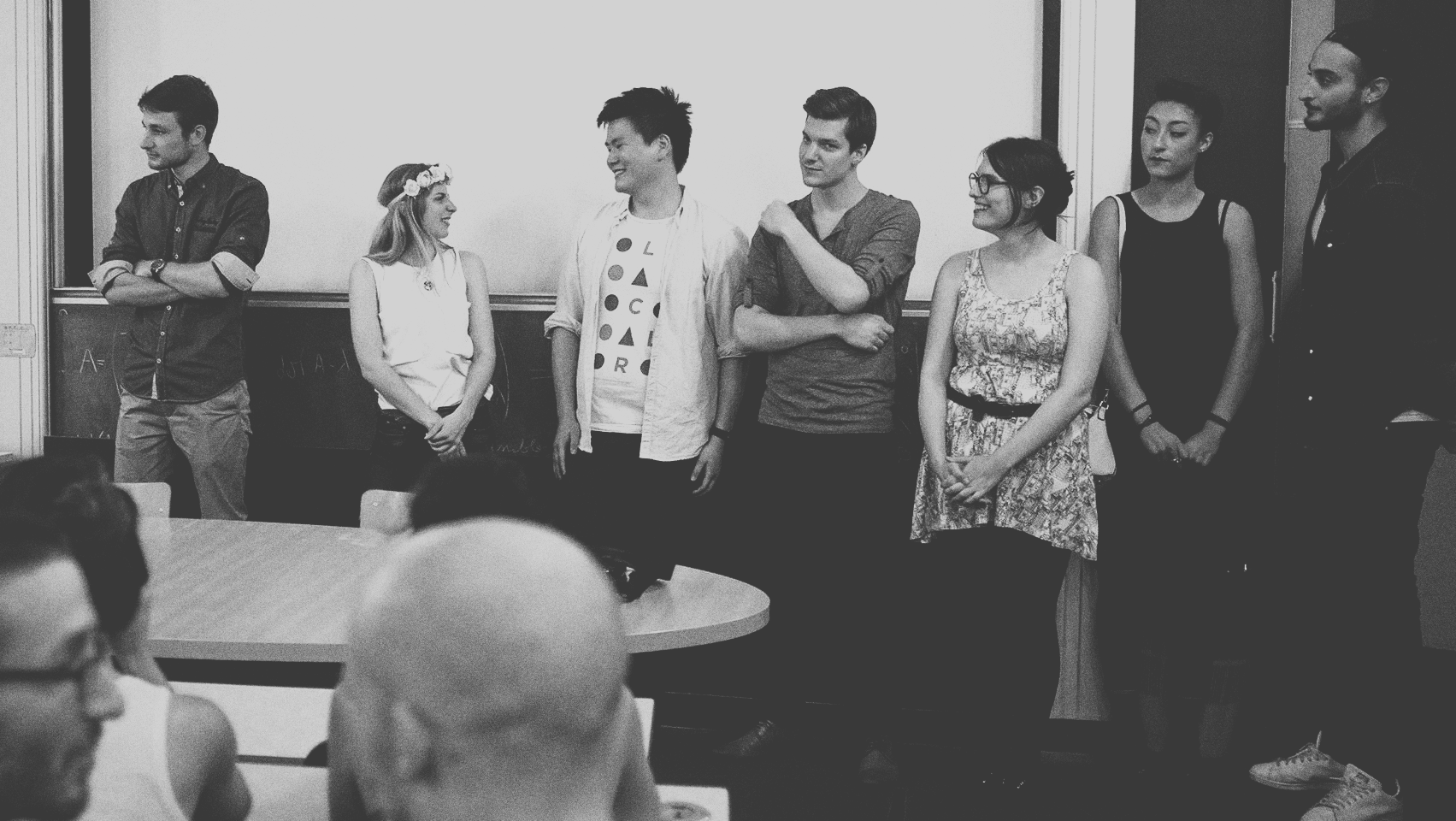
It’s finally done. Nine months of [hard] work. I feel honored to be major of the ’15 promotion with a project linked the environment and the way we live. I had a great feedback from the different juror. They considered it as a very contemporary project which could lead to help solving a problem everybody is not aware of. They also told me that I had a great chance to make it more concrete with the COP21 [Worldwide Conference about Climate taking place in Paris]. The prototype really helped to easily understand the concept. The gamification concept worked well, but a jury told me not to punish the user by making him lose all his seeds [won after successfully reaching an objective].
I feel exhausted, as everyone should after putting all his efforts in a project they believe in. I think my main asset was to believe in what I was doing. When I started working on my dissertation, I remembered that I red an article adressed to students in design. I don’t have the link but I know there was this line, I saved in a document named “golden rule” : “Count on your youth, count on your ability to take risks to solve design problems. Be confident”. I know how I usually react, burying me under work and never stop until I have the solution. But this time I took distance, I did things to evade, and I worked a lot on the way I could ideate. Working a lot in the subway to avoid wasting time. Writing an idea I was proud of, erasing it the next next morning. But I always believed in the context I was working in, and the reflexion I had through my dissertation. Of course I wasn’t able to do it alone, that’s why I say ‘merci’ to my friends, my family, and my teachers for supporting me.
